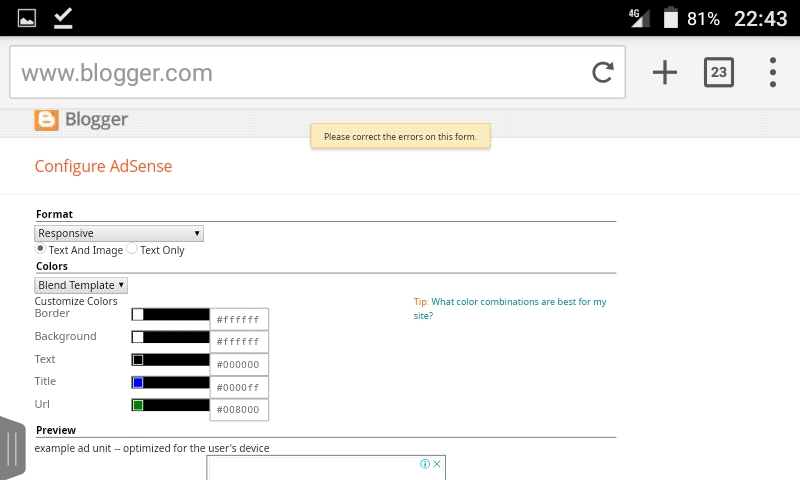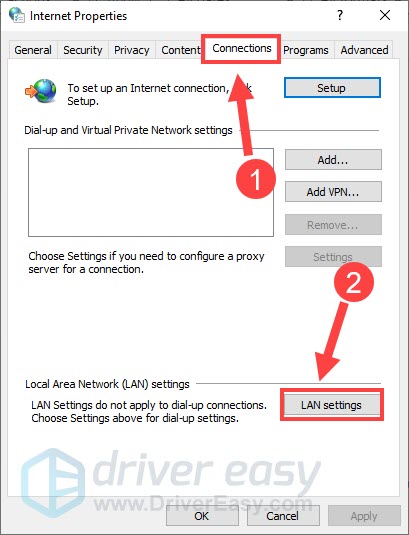

- #Qtox not saving settings pdf#
- #Qtox not saving settings software download#
- #Qtox not saving settings install#
- #Qtox not saving settings download#
- #Qtox not saving settings free#
#Qtox not saving settings install#
Software 'cracking' tools are unofficial programs that some people use to bypass paid activation of licensed software, however, these tools can install malicious programs and do not activate any software.
#Qtox not saving settings download#
These programs download and install other malware. Trojans are malicious programs that, if installed, can cause chain infections. If downloaded and opened, however, they infect systems with malicious software. Cyber criminals use these to host malicious files, which are oftem disguised as legitimate and harmless.
#Qtox not saving settings free#
If opened, the files install ransomware or other malware.įake software updaters infect systems by exploiting flaws/bugs of outdated programs installed on the computer or by downloading and installing malicious software rather than updates and fixes.Įxamples of untrusted file/software download sources are Peer-to-peer networks (e.g., torrent clients, eMule), third party downloaders, freeware download, free file hosting web pages, and so on. Their main goal is to trick recipients into opening the attachments or downloaded files.
#Qtox not saving settings pdf#
Typically, they attach files such as Microsoft Office, PDF documents, archive files such as ZIP, RAR, executable files (.exe) or JavaScript files. They proliferate malware via spam campaigns by sending emails with malicious attachments or web links that download malicious files.
#Qtox not saving settings software download#
In most cases, cyber criminals proliferate ransomware via spam campaigns, fake software updaters, untrusted software download channels, Trojans and unofficial software activation ('cracking') tools. Therefore, maintain backups on remote servers (e.g., Cloud) and unplugged storage devices. As mentioned, files cannot be decrypted without tools that held only by cyber criminals, unless, in rare cases, the ransomware contains bugs/flaws. Typically, the main variables are cryptographic algorithm ( symmetric or asymmetric) that ransomware uses to encrypt files and cost of decryption tool/key. Some examples of other ransomware infections include Bhacks, Bboo and SNTG. Generally, programs of this type block access to data by encryption and create and/or display ransom messages, or multiple messages. Most ransomware-type software is designed to operate in a similar manner. Screenshot of a message encouraging users to pay a ransom to decrypt their compromised data: Removal of ransomware prevents it from causing further encryption, however, affected data remains encrypted (inaccessible). In most cases, victims of ransomware attack can recover files free of charge only by restoring them from a backup. I.e., they send no decryption tools, even if victims meet all demands (contact them, pay the ransom, and so on). Cyber criminals responsible for these programs rarely keep their promises. Unfortunately, this is the case with Ragnar Locker ransomware. Typically, victims of ransomware cannot decrypt compromised files without the correct tools held only by the cyber criminals who designed the program.

Furthermore, it does takes this approach with various Windows security services. To contact these cyber criminals, victims must supposedly use the qTox messenger and look for the provided contact or via email address.Īs mentioned, Ragnar Locker terminates certain services (relating to managed service providers) so that its attack cannot be detected and terminated. Victims are also warned that if they do not contact Ragnar Locker's developers at all, some of their personal/sensitive data will be uploaded to a public server and/or sold to third parties. The initial cost of these tools is 25 Bitcoins, however, it is mentioned that unless the cyber criminals behind Ragnar Locker are contacted within 14 days of encryption, the cost of decryption tools is doubled, and after 21 days, decryption keys are deleted permanently.

The ransom message states that this ransomware encrypts all files, and that the only way to decrypt them is using tools purchased from Ragnar Locker's developers. In this case, the ransom message would be named " RGNR_0DE48AAB.txt". It also creates a ransom message with a text file, the name of which contains the same string of random characters as the appointed extension. This ransomware renames encrypted files by appending an extension, which contains " ragnar" and a string of random characters.įor example, it will rename a file named " 1.jpg" to " 1.jpg.ragnar_0DE48AAB", and so on. Ragnar Locker is ransomware-type software designed not only to encrypt data but also to terminate installed programs (such as ConnectWise and Kaseya), which are commonly used by managed service providers and various Windows services.


 0 kommentar(er)
0 kommentar(er)
